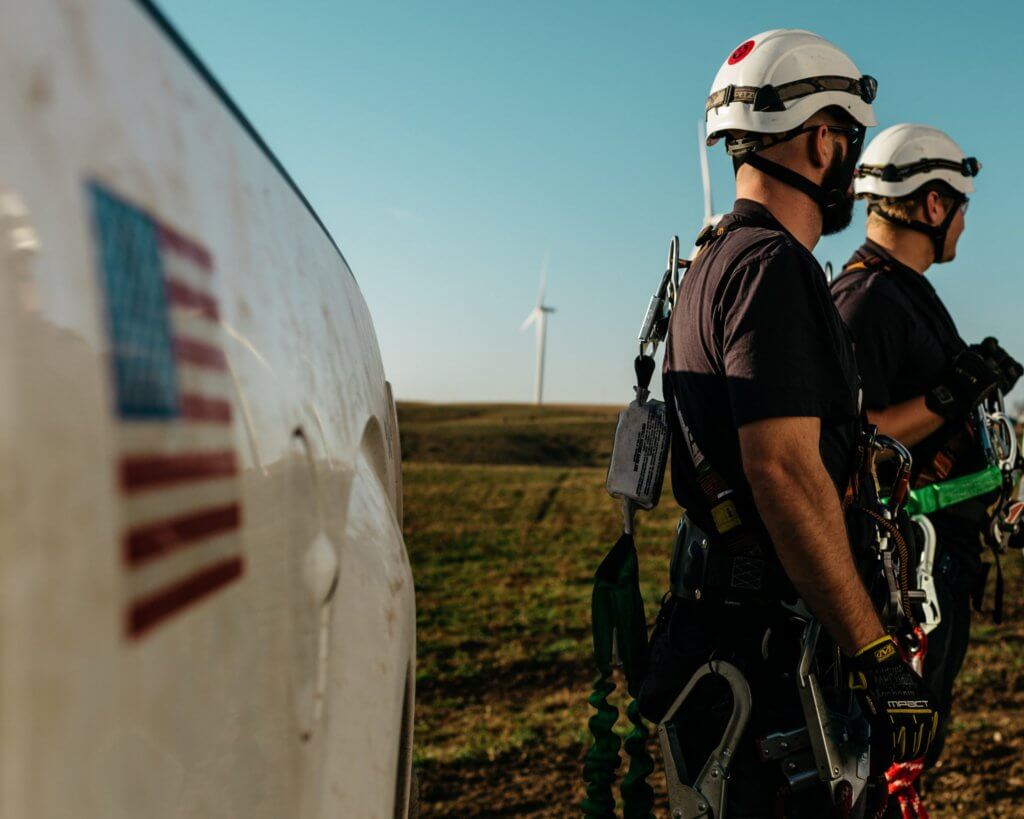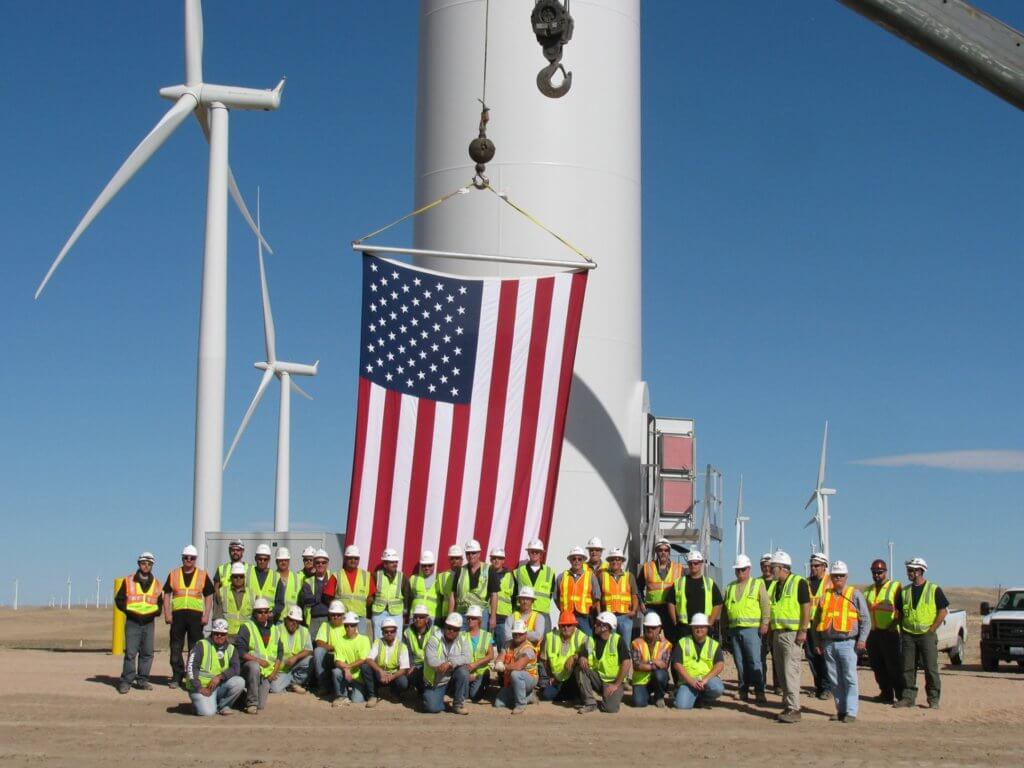News roundup: A carbon-free Iowa energy boom, renewable integration is easy, wind and solar work together
Today’s news includes an Iowa economic success story in the making, the ease of integrating renewables onto the grid, and how small wind and solar work together to keep infrastructure running.
A new economic boom is hitting Northwest Iowa, where new wind power projects are revitalizing rural communities:
- As part of MidAmerican Energy’s massive Iowa wind expansion, O’Brien County is getting the 500-megawatt Highland wind farm, which will use 218 2.3-megawatt Siemens wind turbines (made in the southwestern Iowa town of Fort Madison, by the way). New transmission infrastructure is also in the works by MidAmerican in O’Brien County, and then there’s the Rock Island Clean Line, a planned high voltage direct-current power line that would start in the county and travel across the state as well as Illinois, sending power to Chicago and beyond.
- What’s this mean for the county? “It’s an economic boom for the county the likes of which we’ve never seen before,” Rodd Holtkamp, a local banker and member of the county economic development board, told the Quad City Times. “It should eventually put more people in our grocery stores, more people in our churches, more people in our schools.”
- The wind farm is the only project that’s actually begun, but the economic impact is already being felt, according to the Times. Hotels are filling up and “local residents are renting rooms in their homes to out-of-town workers.” Workers, the paper said, “are expected to spend money on everything from lodging and meals to fuel and clothing, giving local merchants a healthy boost in sales.”
The International Energy Agency has released a new report on integrating wind and solar power onto the grid, something that it has concluded is fairly simple and reliable:
- [The report is] about the integration of solar and wind – what it calls variable renewable energy, or VRE – into new and existing grids. And it serves to completely debunk some of the other nonsense about renewables needing “back-up” fossil fuels, and adding huge costs to infrastructure.
- The IEA could not be any clearer: “No additional dispatchable capacity ever needs to be built because VRE is in the system. On the contrary, to the extent of the capacity credit of VRE, its addition to the system reduces the need for other capacity.”
- [T]here are system benefits that might outweigh the cost of generation of wind and solar and so lower the overall cost of the grid. This is borne out in reduced need for peak generation – as Australia found out in its recent heatwaves – and by lowering the overall wholesale electricity cost – as all Australian generators have found out in recent years. As we mentioned in our first report on the IEA study, wind and solar can carry the bulk of the required decarbonisation of the world’s electricity systems, but the system costs of having 45 per cent wind and solar in the energy mix need only add $11/MWh if the integration is done thoughtfully.
It’s always a challenge keep the power going at off-the-grid locations, but when wind and solar work together, it makes things a lot easier:
- Hybrid systems that incorporate solar and wind power are a way to reduce the risk of power failure. Many off-grid industrial substations are being retrofitted with small wind turbines to enhance power reliability and build in redundancy.
- While solar works well in the daytime, wind power compliments it by also working through the night. Also, while solar works better during long summer days, wind power thrives through the blustery winter. On stormy days, wind power is the only option. Another benefit of adding wind power to a solar-only system is that it lengthens battery life by reducing the depth and frequency of discharge.
- “If your paycheck depends on having reliable remote power, then you need to look into adding a wind turbine to your existing solar-only system, or integrate it from the beginning,” says Brent Busenlehner, president of ReadyFlo Systems, a Texas-based integrator of remote power devices. “The combination extends system capacity and makes the worst case scenario, a power outage, unlikely.”
Be sure to check out the rest of this week’s roundups:
- Tuesday: PJM prepared for renewables, good friends in rail and wind, and Massachusetts's record purchase
- Monday: MidAmerican bets big on renewables, the Iowa wind boom, Austin Energy leads the way
Sources:
Pete Danko, “Wind brings carbon-free economic boom to NW Iowa.” Earth Techling. 4 March 2014.
Giles Parkinson, “IEA blows away Abott myths about solar and wind energy.” REneweconomy. 4 March 2014.
Steven Bushong, “Downwind: Off-grid system turns to windpower when solar is not enough.” Windpower Engineering & Development. 4 March 2014.





